10 Best Adventures of 1936
By:
May 15, 2016
Eighty years ago, the following 10 adventures — selected from my Best Thirties Adventure list — were first serialized or published in book form. They’re my favorite adventures published that year.
Please let me know if I’ve missed any 1936 adventures that you particularly admire. Enjoy!
- John P. Marquand’s Mr. Moto espionage adventure Thank You, Mr. Moto. Probably the best of the six Mr. Moto novels, though it follows the same formula as the others. Tom Nelson, an American expat living in Peking, warns a beautiful woman — Eleanor Joyce — not to get involved in any schemes involving Major Best, a British ex-Army officer who sells stolen Chinese artifacts, and who seems to know something about trouble brewing in the city. Best is killed, and someone tries to kill Nelson, too. Was it the polite, but sinister Japanese operative, Mr. Moto? (Moto, as ever, is an intriguing figure: He is pro-Japan, but not anti-China. He seeks to defuse political crises, usually instigated by importunately militant Japanese agents, but without harming Japan’s interests. Anyone who’s read Terry and the Pirates comics, or Tintin and the Blue Lotus, will find it difficult to sympathize with Moto’s cause — and yet, he manages to be a sympathetic character.) In this case, Moto and Nelson strike up a true friendship, and Moto (along with Eleanor Joyce) helps save the day when they’re all kidnapped by a Chinese bandit. Fun fact: Originally published in serial form, in 1936, in the Saturday Evening Post. Loosely adapted in 1937, as the movie Thank You, Mr. Moto starring Peter Lorre (in yellowface).
- Eric Ambler’s espionage adventure The Dark Frontier. A semi-sardonic, Ruritanian-type spy thriller. When brilliant but bumbling physicist Henry Barstow travels to the tiny Eastern European nation of Ixania, in order to determine whether the “Kassen secret” (plans for an atomic bomb developed by Jacob Kassen, a scientist who has defected from Nazi Germany) is dangerous enough to merit being stolen (for profit) by a British armament manufacturer, he falls in love with the beautiful but evil Countess Schverzinski, who effectively rules Ixania… and controls the secret formula. William Casey, an American journalist, discovers that Barstow isn’t all that he seems… and joins in the adventure, not as a newspaper man but a desperado. Along with a cadre of peasant revolutionaries, Barstow and Casey aim to steal and destroy the Kassen secret! Fun fact: The first of many thrillers from Ambler — though note that his subsequent works would be more realistic. Sometimes described as one of the first novels to predict the invention of a nuclear bomb and its consequences… but see H.G. Wells’s The World Set Free (1914). Still, Ambler did predict that scientists from Nazi Germany might get involved.
- Peter Cheyney’s Lemmy Caution adventure This Man is Dangerous. The first Lemmy Caution novel isn’t the best — but then, none of them are particularly amazing. And yet, they’re well worth reading for the same reason that French audiences loved these hardboiled thrillers about an American FBI agent, written by an East London hack. Because they’re fun, violent romps: In this installment, an organized group of gangsters are planning to snatch the daughter of an American millionaire, while she visits England. And because Cheyney’s Caution — a loud-mouthed, machine-gun-toting brute — talks in a bizarre patois that’s almost a parody of American hardboiled crime fiction. (“It is as dark as hell. The moon has scrammed an’ a fine rain is fallin’. It is one of them nights when you ought be discussin’ the war with somethin’ in a pink negligee.”) What a hoot! Fun fact: Cheyney himself was a big, tough British private investigator who in the early 1930s headed up the “biff boys” faction of Oswald Mosley’s proto-fascist New Party. Cheyney’s 10 Lemmy Caution novels were most popular in France. American actor Eddie Constantine played Caution in over a dozen European movie adaptations… including, perhaps most memorably, Jean-Luc Godard’s sci-fi noir Alphaville — in which Constantine’s Caution infiltrates, investigates, and finally helps destroy a technocratic dictatorship.
- Walter D. Edmonds’s historical adventure Drums Along the Mohawk. During the Revolution, Gilbert and Lana Martin, settlers in New York’s Mohawk Valley (between the Adirondacks and the Catskills), endure Indian attacks, houses burned, babies lost, while working their land and fighting a war whose cause they don’t fully comprehend. British, Canadian, and Tory rangers, along with Iroquois warriors, terrorize the settlers. General Nicholas Herkimer, an actual historical figure, is an important character. The story hasn’t aged well, in certain respects: the dialect spoken by the black and Indian characters is excruciating; the female characters are two-dimensional. Still, the Battle of Oriskany, which thwarted British Gen. St. Leger’s advance on Albany, the sack of Cherry Valley, and the Attack on German Flatts are recounted in thrilling detail. Fun fact: A huge bestseller, written in the Realist style… toppled only by Gone With the Wind. Adapted into an excellent 1939 John Ford movie. A selection from this novel — “Escape from the Mine” — was collected in the The Pocket Book of Adventure Stories (1945), one of my favorite story collections ever.
- H.P. Lovecraft’s science fiction adventure At the Mountains of Madness. A 1930 scientific expedition to Antarctica — from Arkham, Massachusetts’s Miskatonic University — discovers the ruins of a vast, ancient city… and the frozen bodies of some strange creatures, part-plant and part-animal. Part of the expedition is massacred — and it appears as though some of the frozen creatures have come back to life! Exploring the ruins, the surviving explorers determine that it was built by Elder Things, who first came to Earth shortly after the Moon took form, and built their cities with the help of shape-shifting, all-purpose “Shoggoths” (like Al Capp’s Shmoos, but slightly more uncanny). The Elder Things battled both the Star-spawn of Cthulhu and the Mi-go; and as the Shoggoths gained independence, their civilization began to decline. (Hello, Planet of the Apes.) Only one explorer escapes with his sanity intact… and he must warn another expedition to stay away from an even worse, unnamed thing which lurks in Antarctica! Fun fact: Originally serialized in the February, March, and April 1936 issues of Astounding Stories. Andrew Hultkrans analyzed At the Mountains of Madness for HILOBROW’s CROM YOUR ENTHUSIASM series.
- Ethel Lina White‘s espionage adventure The Wheel Spins. After holidaying in an unnamed Eastern European country, spoiled young socialite Iris Carr meets a chatty governess, Miss Froy, on the first leg of their journey by train back to England. Waking up in a daze after a sunstroke-induced slumber, Carr can’t find Miss Froy. Worse, both the railway personnel and her fellow passengers — a mixture of untrustworthy Eastern Europeans (including a sinister Baroness) and narrow-minded, caste-conscious English tourists — claim that no person matching Miss Froy’s description was ever on the train! Did the sunstroke cause her to hallucinate? If not, why would everyone lie? The first half of the book is aimed at persuading the reader of Iris’s callousness and selfishness; we rather expect her to shrug her shoulders at the disappearance of Miss Froy. Instead, she not only persists in her search, but risks her life. Meanwhile, Miss Fro’s elderly parents back in England anxiously await their daughter’s arrival. Fun fact: In her day, White was as well known as Dorothy L. Sayers and Agatha Christie. The Wheel Spins was adapted by Alfred Hitchcock, in 1938, into one of his great early movies, The Lady Vanishes. The movie is funnier and more exciting than the book; but read it, anyway.
- John Buchan’s atavistic Richard Hannay adventure The Island of Sheep. The fifth and final Hannay adventure is partly set in that part of the world about which the author wrote best: the lush, hilly Scottish borderlands. Hooray! Asked to protect the son (Haraldsen) and granddaughter (anna) of an old Nordic friend from a sinister conspiracy, Hannay and his teenage son Peter John, along with Sandy Arbuthnot (whom we first met in the 1916 novel Greenmantle) comes out of retirement. Fending off murderous thugs who seek the secret of a great treasure discovered by Hannay’s friend, Hannay and co. wind up on a desolate island in the Faroes, halfway between Iceland and Norway. (The siege and its resolution are reminiscent of Buchan’s 1922 novel, Hightower, which was serialized here at HILOBROW.) Peter John and Anna play an important role, in saving the day… but so does mild-mannered Haraldsen, once his berserker Viking heritage is awakened! Fun fact: A crucial theme of Buchan’s late novels, including A Prince of the Captivity (1933) and Sick Heart River (1941), is the search for a sanctuary, an earthly paradise where one feels safe… and where one feels that one truly belongs.
- Josephine Tey’s Inspector Grant crime adventure A Shilling for Candles. When the body of talented, popular movie star Christine Clay is found on an isolated stretch of beach on the southern coast of England, the police quickly determine that it wasn’t suicide but murder — and arrest a suspect to whom all circumstantial evidence points. The suspect flees, to the delight of the general public, while Inspector Grant — who likes the suspect, and who suspects that he may be innocent — continues to investigate, despite his superiors’ conviction that they’ve already found their man. Erica, daughter of the town’s chief constable’s daughter, turns out to be a much more fascinating character than the shallow celebrities whom Grant must interrogate; the story is told, at one point, from Erica’s point of view. Tey heaps scorn on the British public, whose neediness must have made Clay’s life miserable, and who make the investigation so difficult. Fun fact: The second of Tey’s Inspector Grant novels is sometimes listed as the first, perhaps because she published the first — The Man in the Queue — using the pen name Gordon Daviot. A Shilling for Candles was adapted in 1937 by Alfred Hitchcock as the really fun movie Young and Innocent.
- Graham Greene’s hunted-man adventure This Gun for Hire (in US: A Gun for Sale). In an unnamed Central European capital (read: Prague), a cold-blooded English assassin kills a government minister, sparking an international crisis that may lead to war. (Why? We don’t find out until the end of the story.) Returning to London, Raven is cheated out of his pay by his contact, “Cholmondely”; so he follows him onto a train headed to Nottwich (read: Nottingham). On the train, Raven is recognized by Anne, a chorus girl who is engaged to Mather, a detective searching for Raven. Raven kidnaps Anne, but she escapes; she is then captured by Cholmondely, who also tries to kill her. Raven and Anne team up to get revenge on Cholmondely — even as Mather and the police close in on Raven! Fun fact: This is one of Greene’s “entertainments,” as opposed to a more serious work of literature. Adapted in 1942 as a movie starring Alan Ladd and Veronica Lake. The movie was remade by James Cagney — the only movie he directed — in 1957.
- Karel Čapek’s satirical science fiction adventure Válka s mloky (War with the Newts). The light-hearted first section of the book, which skewers European attitudes towards non-white races, recounts the discovery of an intelligent but child-like breed of large newts, on a small island near Sumatra… and their enslavement and exploitation in the service of pearl farming and other underwater enterprises. The Newts develop speech, and absorb aspects of human culture. In the book’s second section, the Newts began to rebel against their masters — hello, Planet of the Apes. The final section of War with the Newts is darker in tone: It recounts the outbreak of war between the Newts and humans. The British, French and Germans are portrayed as stubborn and nationalistic; and we hear from a German scientist who has determined that the German Newts are actually a superior Nordic race, and who invokes lebensraum to justify their destruction of portions of the world’s continents. The final chapter is a metafictional exercise in which the Author and the Writer discuss what will happen next: The Newts will destroy the world’s landmasses and enslave humanity. Fun fact: Sci-fi scholar Darko Suvin has described War with the Newts as “the pioneer of all anti-fascist and anti-militarist SF.”
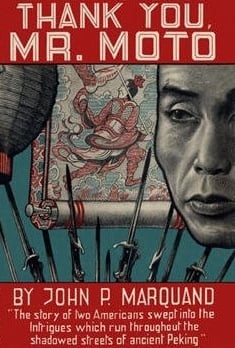
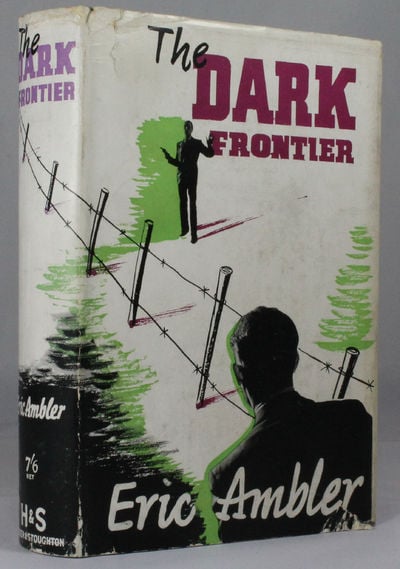
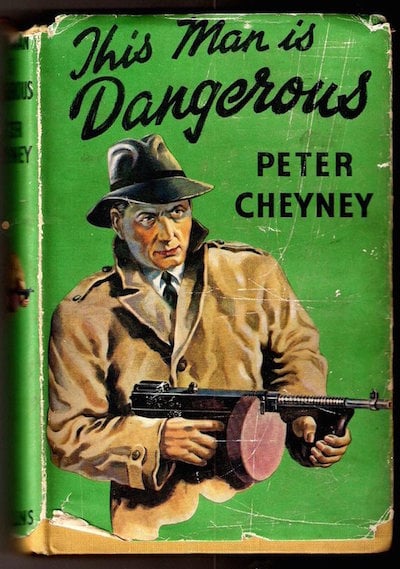
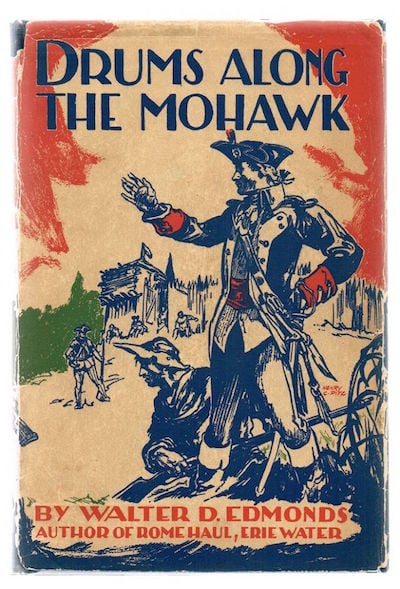
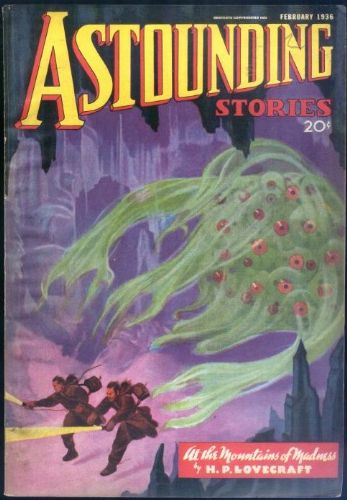

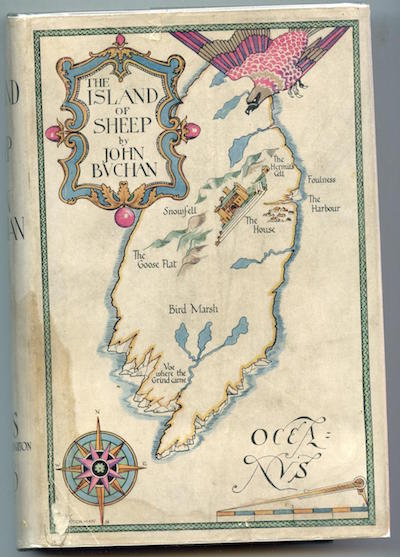
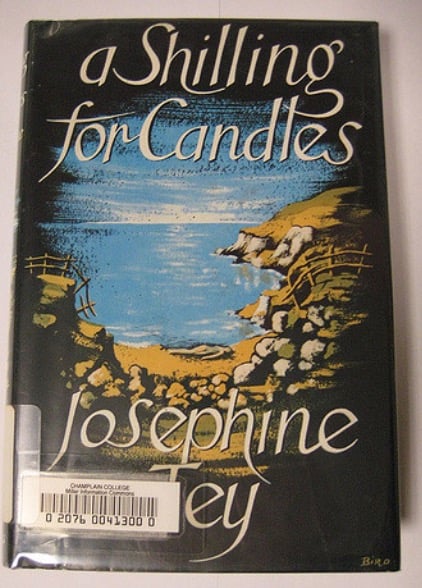

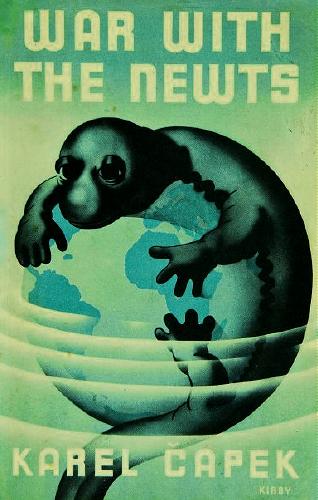
JOSH GLENN’S *BEST ADVENTURES* LISTS: BEST 250 ADVENTURES OF THE 20TH CENTURY | 100 BEST OUGHTS ADVENTURES | 100 BEST RADIUM AGE (PROTO-)SCI-FI ADVENTURES | 100 BEST TEENS ADVENTURES | 100 BEST TWENTIES ADVENTURES | 100 BEST THIRTIES ADVENTURES | 75 BEST GOLDEN AGE SCI-FI ADVENTURES | 100 BEST FORTIES ADVENTURES | 100 BEST FIFTIES ADVENTURES | 100 BEST SIXTIES ADVENTURES | 75 BEST NEW WAVE SCI FI ADVENTURES | 100 BEST SEVENTIES ADVENTURES | 100 BEST EIGHTIES ADVENTURES | 75 BEST DIAMOND AGE SCI-FI ADVENTURES | 100 BEST NINETIES ADVENTURES (in progress) | 1994 | 1995 | 1996 | 1997 | 1998 | 1999 | 2000 | 2001 | 2002 | 2003 | NOTES ON 21st-CENTURY ADVENTURES.
